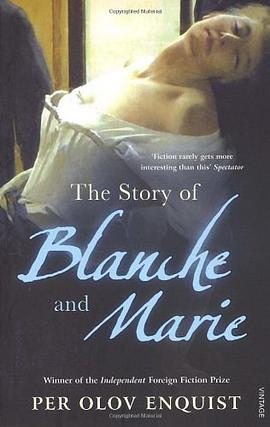

具体描述
Having been diagnosed with hysteria in 1878, Blanche Wittman was committed to Salpêtrière Hospital for sixteen years. Under the care of the famous M. Charcot she was regularly displayed before a public audience in a cataleptic state. Over time the nature of her participation in these demonstrations changed, as did her relationship with M. Charcot, until eventually she graduated from patient to assistant. On leaving the hospital she was hired by Marie Curie to work in her Paris laboratory, where, on 17 February 1898, after successful experiments conducted with the mineral pitchblende, radium was discovered. So enchanted was Marie by its soft blue glow that she took to keeping a glass vial of radium salts at her bedside. For Blanche, the effects were more brutal; exposure to radiation necessitated the amputation of all her limbs, save one. Marie did not escape tragedy altogether; her husband and collaborator Pierre was weakened by illness and subsequently killed having wandered in front of an oncoming horse and cart. Following Pierre’s death Marie embarked on an ill-fated love affair which, in 1911, almost cost her a second Nobel Prize. Using Blanche’s notebooks - 'The Book of Questions' - Enquist deftly weaves fact and fiction to render the extraordinary relationship of two extraordinary women at the dawn of a century of tremendous change. Sigmund Freud, Albert Einstein and Emmeline Pankhurst are among the many that add to the authenticity of this powerful tale of scientific discovery, death, art and love.
作者简介
目录信息
读后感
评分
评分
评分
评分
用户评价
相关图书
本站所有内容均为互联网搜索引擎提供的公开搜索信息,本站不存储任何数据与内容,任何内容与数据均与本站无关,如有需要请联系相关搜索引擎包括但不限于百度,google,bing,sogou 等
© 2025 book.quotespace.org All Rights Reserved. 小美书屋 版权所有




















